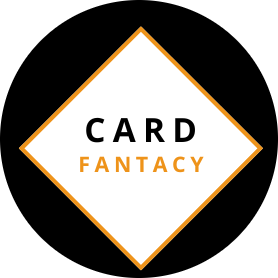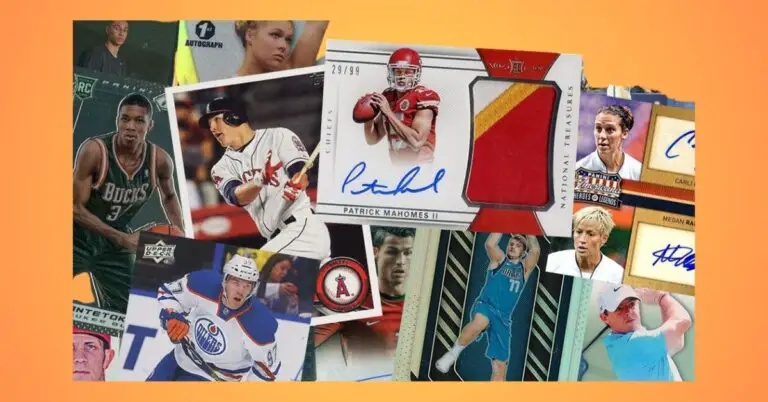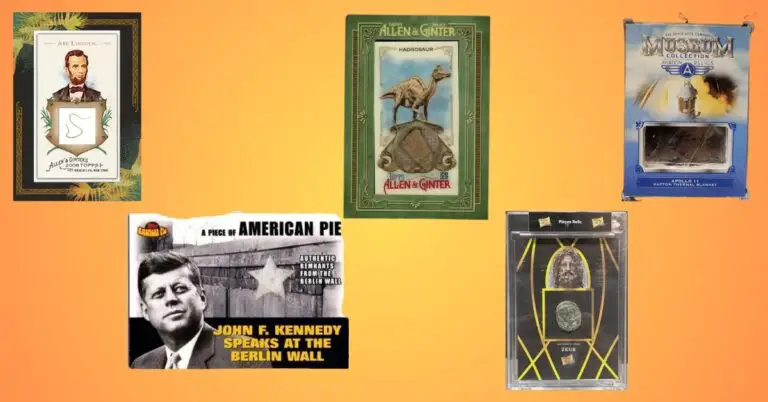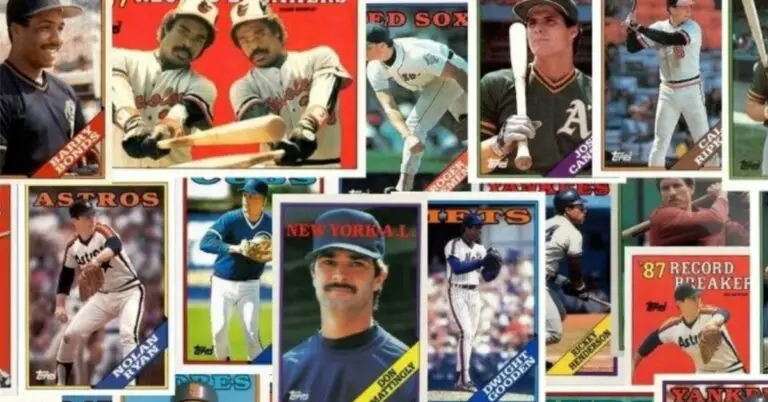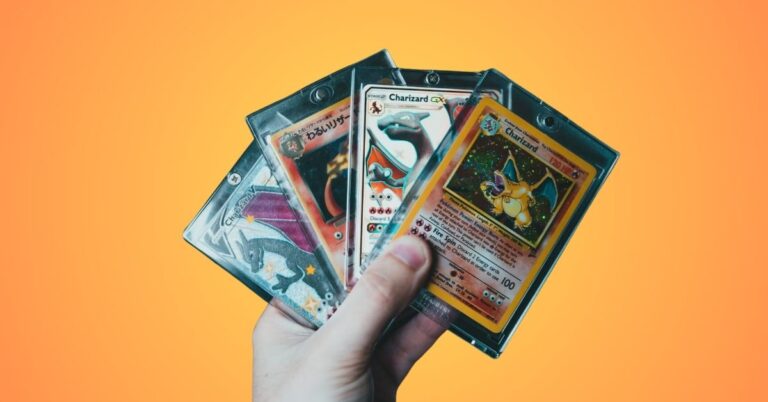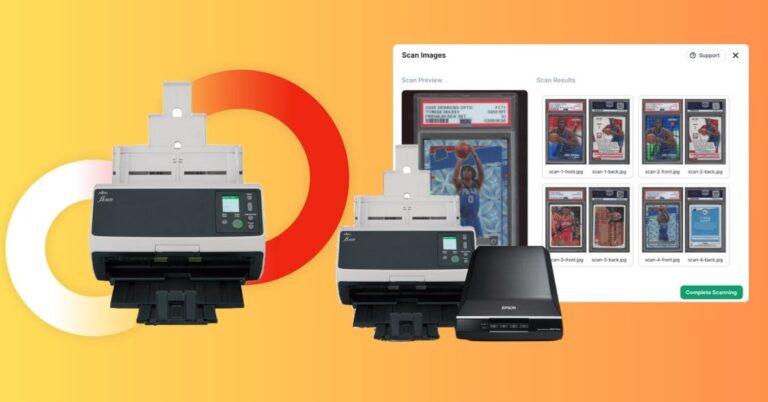What Are Vintage Baseball Cards? Uncover Their Hidden Value & Charm
These cards date back to the late 19th century and take us back to a time when legends like Babe Ruth and Mickey Mantle played the game. Each card features beautiful artwork and stats, reflecting the culture and trends of its era, making them more than just collectibles; they are historical records.
As you explore these well-kept treasures, you’ll discover stories of home runs and exciting pennant races in lively stadiums. Whether it’s a 1910 Ty Cobb card or a 1968 Bob Gibson card, each one echoes the excitement of cheering crowds and unforgettable moments.
Join us as we explore what are vintage baseball cards? What makes vintage baseball cards not just collectibles but important pieces of sports history.
What are Vintage Baseball Cards?
Vintage baseball cards, printed before 1980, connect us to the rich history of baseball in America. Collectors find that it’s not just rarity that attracts them; it’s the stories behind each card.
A card of a young Mickey Mantle or Hank Aaron brings back memories for fans who watched their careers. These cards also show how society has changed over time, reflecting different styles and tastes in baseball.
The designs of early 20th-century cards look very different from later ones. Collectors often bond over their shared experiences, swapping stories about finding rare cards or uncovering forgotten ones in attics. Owning vintage baseball cards is not just about money, it’s about being part of a living history that connects generations.
The History of Vintage Baseball Cards
In the late 19th century, baseball became very popular, creating a culture around this American pastime and leading to the production of vintage baseball cards. These early cards featured players’ images and captured the spirit of the time, allowing fans to collect and cherish them.
The introduction of Old Judge cards in 1887 was a key moment; these beautiful cards were not just for trading but also represented an organized sport and its heroes.
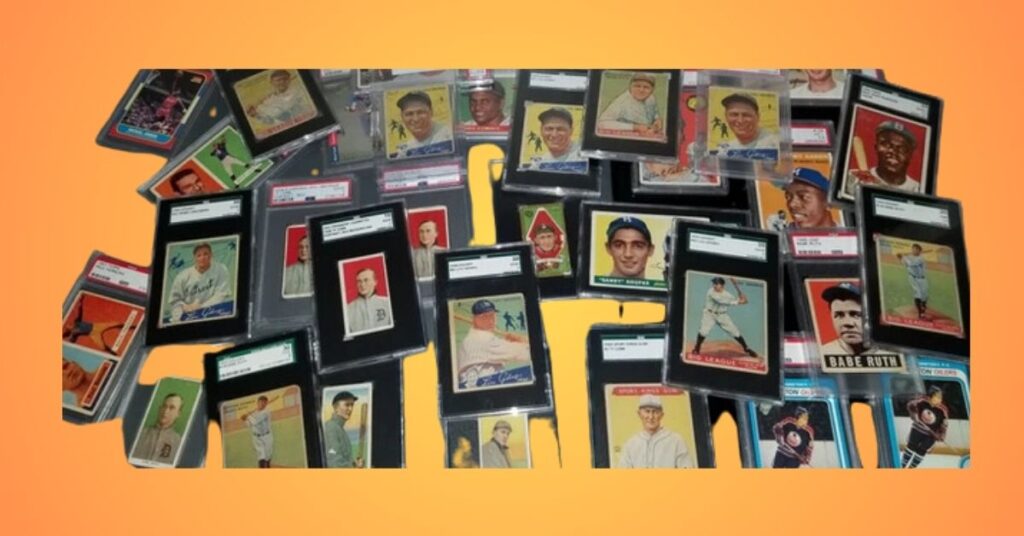
When Goudey released their colorful cards in 1933, a new era began. Children wanted not just gum but also the bright images of their favorite players. This change made baseball cards important to childhood memories of summer days at ballgames and flipping through albums of past heroes.
Topps’ rise in the mid-20th century strengthened the link between nostalgia and commerce, turning simple cardboard into valuable keepsakes that reflected changes in society over the years.
Why are Vintage Baseball Cards Valuable?
Vintage baseball cards are like time capsules, capturing the nostalgia and history of America’s favorite sport. Their rarity comes from limited production runs and the fact that many cards get lost or damaged over the years. iconic sets like the 1952 Topps or the 1933 Goudey have very few cards left, making them highly sought after.
The condition of a card also affects its value. A well-preserved card without creases or stains is not just rare, it is highly desired. Collectors often use grading services to evaluate a card’s condition on a numeric scale, and high-grade cards can sell for huge amounts at auctions.
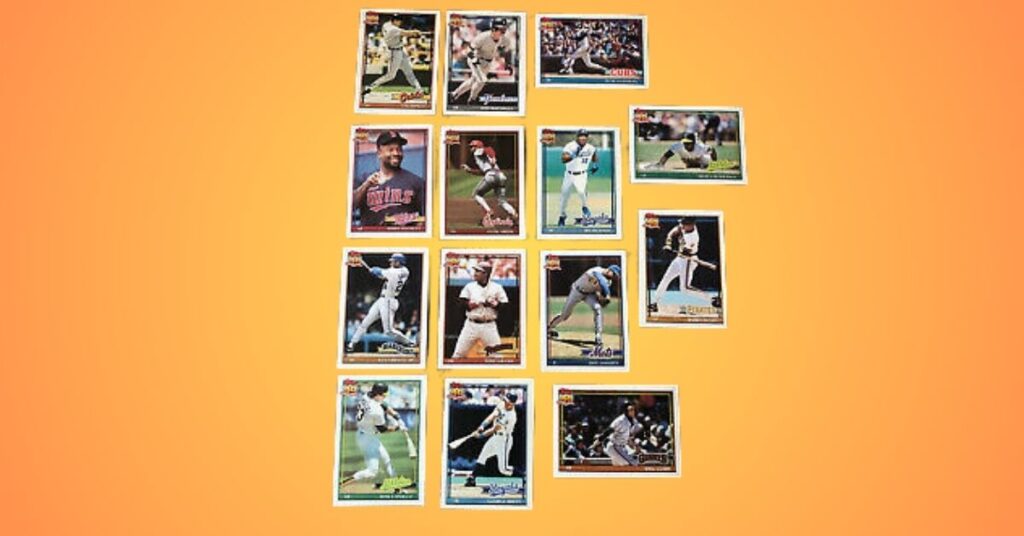
Beyond their monetary value, vintage cards hold emotional significance for many collectors. They remind people of childhood memories spent cheering for favorite players or teams.
Market trends also impact card values in this lively hobby. When a player becomes popular, the demand for their cards can rise quickly. This can happen due to movies about baseball, anniversaries of famous moments, or even sad news about beloved athletes.
Where to Find Vintage Baseball Cards
When searching for vintage baseball cards, local antique shops can be great places to find hidden treasures. These charming shops often have a mix of memorabilia, and each dusty box might contain cards from baseball’s golden eras.
Talking to shop owners can make your visit more enjoyable, many love sports history and might share their stories or tips on where to find rare baseball cards. The excitement comes not just from the hunt but also from connecting with others in the community.

Hobby shops and collectible stores also attract enthusiasts, often focusing on specific interests. Look for trade shows or collector events where you can meet other fans who might know where to find sought-after items. Don’t overlook online options like estate sales and auction, these can lead to large collections being sold due to moves or downsizing.
Auction websites usually have organized listings, letting you bid on everything from complete card sets to individual treasures hidden away in attics, each with its own story waiting to be discovered.
Conclusion
What are vintage baseball cards? Vintage baseball cards are more than collectibles, they show a rich history and love for the game. These cards connect fans to baseball’s golden eras through iconic players and unique designs.
As interest in sports memorabilia grows, it’s important for collectors to understand the value of vintage cards. Whether you’re an experienced collector or just starting, exploring vintage baseball cards can be fun and rewarding. Check out local shops or online marketplaces to find treasures in this exciting world!
FAQs
Are there any grading systems for vintage baseball cards?
Yes, card grading is commonly done by professional services like PSA (Professional Sports Authenticator) and SGC (Sports card Guaranty). These grades assess the card’s condition and authenticity, significantly affecting its market value.
How do I clean my vintage baseball cards without damaging them?
Avoid cleaning your vintage cards with any liquids or abrasive materials. Instead, gently wipe them with a soft cloth to remove dust. If needed, consult professionals who specialize in card preservation.
Are there specific resources for learning about collecting vintage baseball cards?
Yes! Numerous books, online forums, blogs, and collector groups provide valuable insights into collecting strategies, market trends, and history related to vintage baseball cards. Websites like Beckett also offer pricing guides and articles on collecting.
